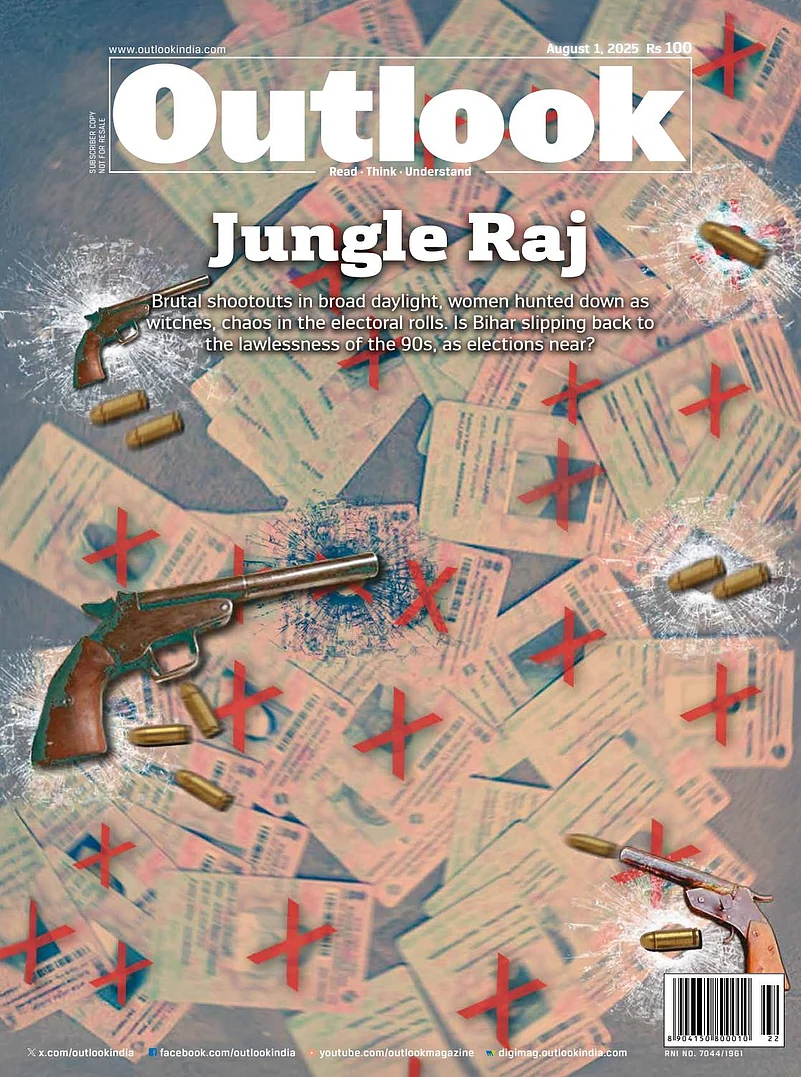Bihar is set to conduct its 18th state assembly elections in November 2025, and all 243 seats are up for grabs this time. Voter enthusiasm and political engagement within the state are at an all-time high thanks to high-profile visits, campaign launches and contentious administrative moves.
On July 17, to coincide with Prime Minister Narendra Modi’s 53rd visit to the state in 11 years, the Bharatiya Janata Party (BJP) in Bihar unveiled its official poll song “Aage badhta rahe Bihar, phir se NDA sarkar.” At the same time, the NDA held rallies in districts like Motihari aimed at spotlighting development and consolidating the NDA’s hold on Bihar.
The stakes are high for these assembly elections, with repercussions extending much beyond the borders of one state. Historically, Bihar has been a bellwether for national voting trends in other Hindi-speaking states. In the 2020 Assembly polls, the NDA inched back to power with 125 MLAs against the Mahagathbandhan’s (MGB) 110.
While the next general election is four years away—2029—Bihar’s 2025 polls could serve as a litmus test for Prime Minister Modi’s and Chief Minister Nitish Kumar’s popularity, and also whether the Opposition will be able to again unite different factions into the INDIA bloc.
With only 10 per cent upper caste in the state, caste is central in Bihar’s elections, and is the backbone of most campaign strategies.
While the Rashtriya Janata Dal (RJD) base brings together Yadavs and Muslims, about 30 per cent population, the BJP is counting on upper-caste solidarity, supported by some EBCs. The smallest of shifts within these voter blocs could mean dozens of seats won.
The NDA is a coalition of five principal partners: the BJP, Nitish Kumar’s Janata Dal (United) [JD(U)], Chirag Paswan’s Lok Janshakti Party (Ram Vilas) [LJP(RV)], Jitan Ram Manjhi’s HAM-S and Upendra Kushwaha’s Rashtriya Lok Morcha [RLM]
Across the floor, the MGB, anchored by RJD with Congress, Communist parties and other regional outfits, could give NDA a run for their money with Congress eyeing 50–60 seats to improve on its paltry 19-win tally from 2020.
MORE FROM THIS ISSUE
In Jungle Raj, 해외카지노’s August 1 issue, we explored why the Bihar elections matter so much. Our reporters delved into the state’s caste equations, governance records, electoral controversies and national ambitions, along with taking a hard look at the law and order situation— all of which make the 2025 Bihar Assembly elections one of the most consequential state polls of this electoral cycle.
While reporting on crimes against women who have been branded witches, Pragya Singh also writes on how for the women of Bihar, voting is not about allegiance but is a leverage. Meanwhile, Snigdhendu Bhattacharya writes about the Maley Factor, the shaky trajectory of the state’s left-leaning parties and what that means for the upcoming elections. Mohamed Asghar Khan profiles Tejashwi Yadav, asking whether the RJD leader’s clean image and pro-development stance will help him become Bihar’s next Chief Minister. Khan also profiles Chirag Paswan, questioning whether by declaring that his party will field candidates in all 243 seats, Paswan is engaging in pressure politics to secure better seat-sharing, or whether he is looking to dent JD(U)’s prospects. Khan also delves into the law and order situation of the state, which Paswan has lamented is deteriorating.
Columnist Subir Sinha asks the burning question: Why has the BJP not been able to come to power in Bihar on its own? Rajesh Chakrabarti points out that these assembly elections could see a change of guard in Bihar. “While Nitish Kumar’s personal brand may be strong, the electorate is showing signs of tiring and a desire for a generational shift,” he writes. Author Mrityunjay Sharma explores what is the new model of Bihar, pointing out that the state is at a political crossroads.





















